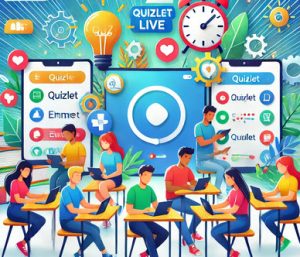
Recently, I tried a campus familiarization activity with my students. In the past terms, students sat at their desks and looked at a map to identify services and their associated locations on a worksheet. Throughout the term students asked me, or each other, where different campus resources were located. It was obvious that they did not take in the campus resources information.
My challenge was to improve this learning activity. Reaching into my technology bag of tricks, I was looking for a technology that would improve this learning task. Continue reading








